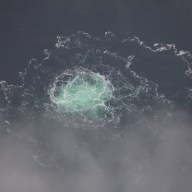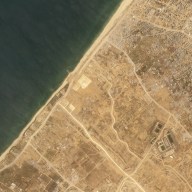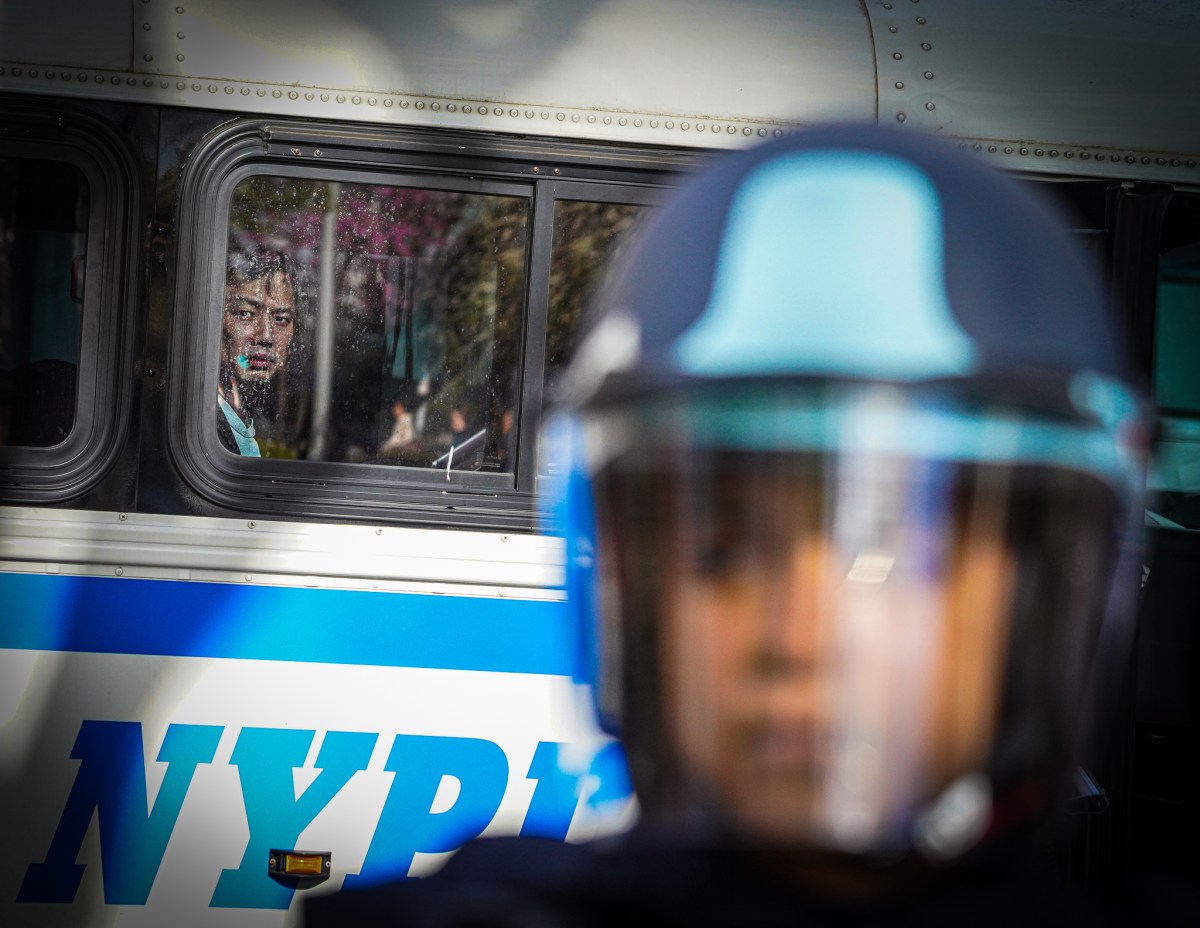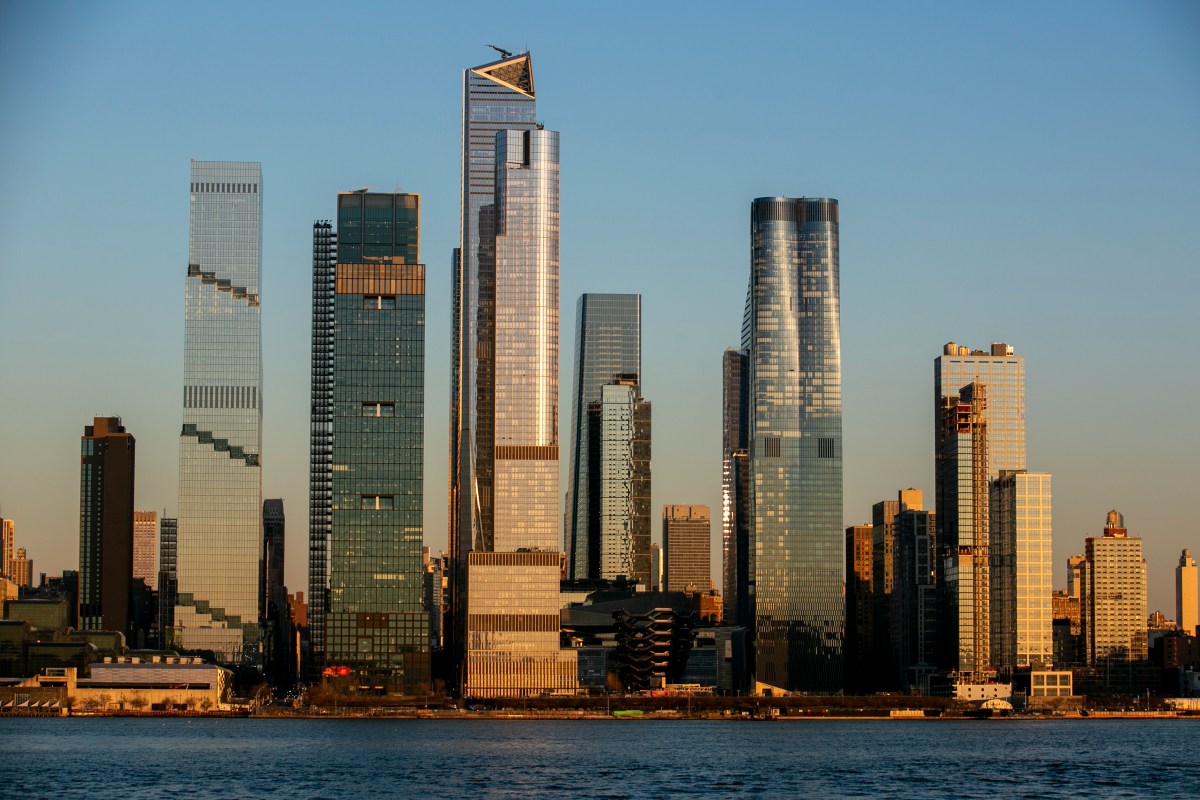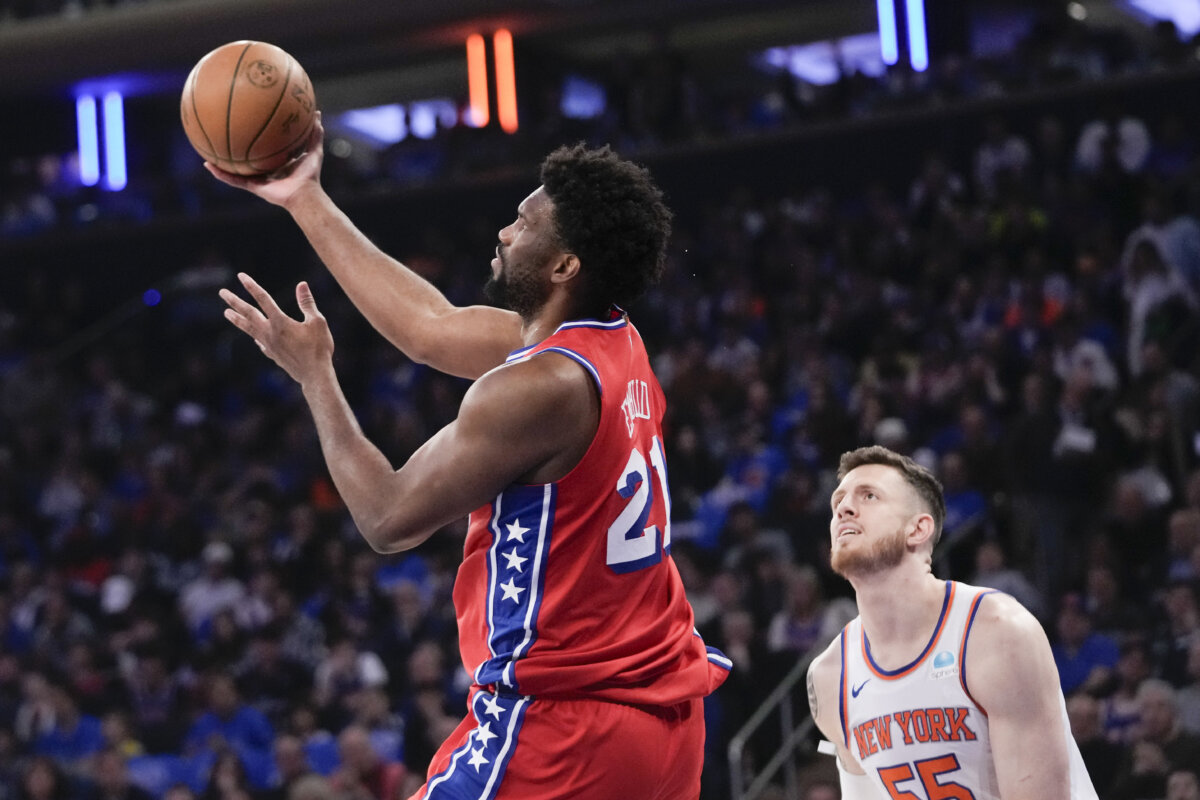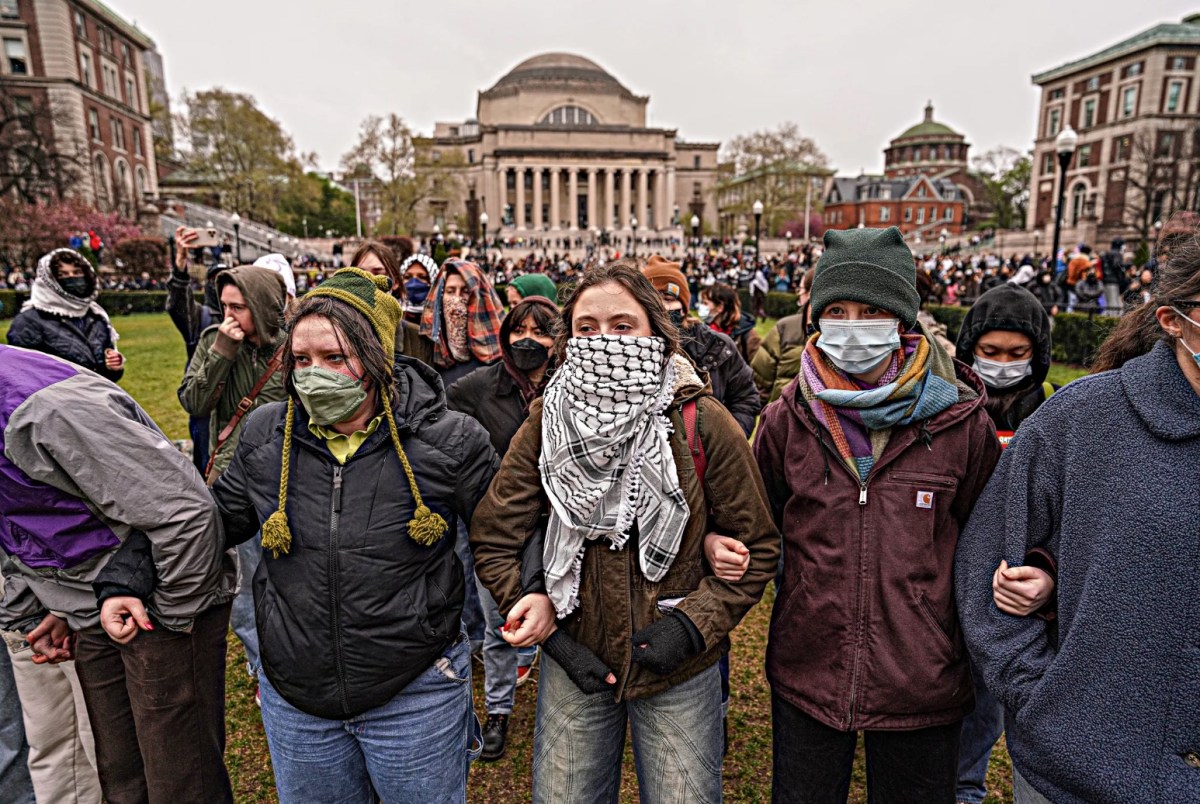The world is changing too fast. Whether it’s the homogenization of the city through gentrification or the social upheaval happening all over the world, this fall’s new art exhibits take a nostalgic look at where we came from — and whether moving forward means we’ve made progress. It’s a rather timely museum season of contemplation and conversation.
Delirious: Art At the Limits of Reason, 1950-1980
Though this exhibit examines work between 1950 to 1980, the Metropolitan Museum of Art’s concept for this show — “delirious times demand delirious art” — is just as relevant today. Featuring 62 artists that otherwise would never have their art in the same exhibit, Delirious takes their work and places it into four categories: Vertigo, Excess, Nonsense and Twisted. Crossing artistic mediums, we’re invited to witness how these artists confront issues like political unrest, oppression and economic chaos. Sept. 13, 2017-Jan. 14, 2018, The Met Breuer, 945 Madison Ave., metmuseum.org
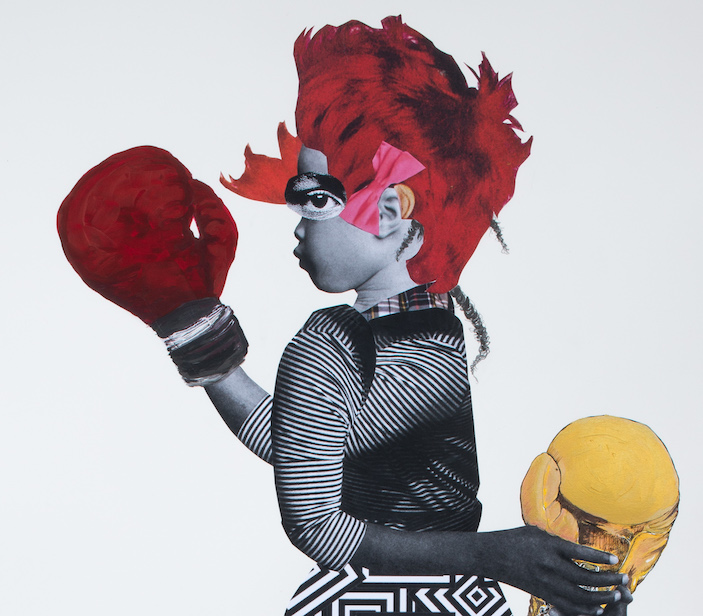
Fictions
The Studio Museum in Harlem began highlighting emerging artists of African descent living in America in 2001 through occasional massive, wide-ranging exhibitions. The fifth in the series, Fictions, arrives this fall with works by 19 artists from cities all over the country, many of them experiencing major upheaval in their black communities like Baltimore, Detroit, Los Angeles and Atlanta. Using media from photography to video and large-scale installations, their works tell the stories of the past five years to create an exhibit that both reflects today’s world and dives deep into the forces that have distorted contemporary society. Sep. 14, 2017-Jan. 7, 2018, 144 West 125th St., studiomuseum.org
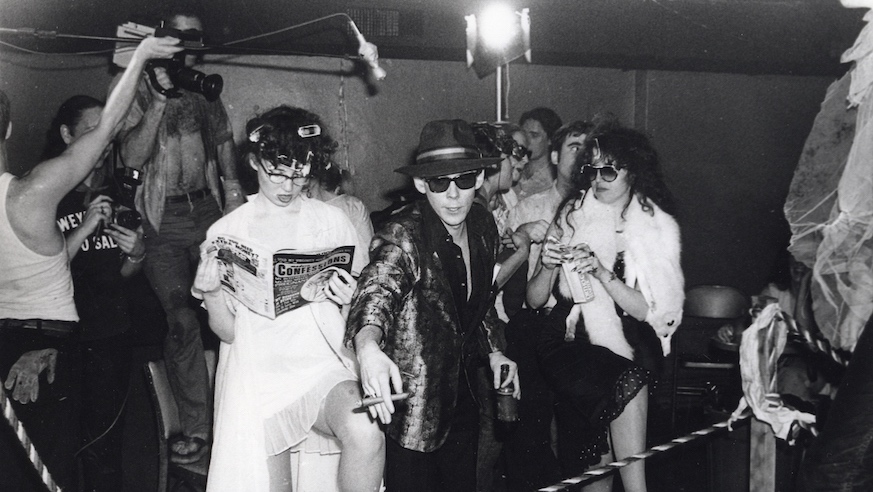
Club 57: Film, Performance, and Art in the East Village, 1978–1983
Every underground performance space in the city owes something to the basement of a Polish church at 57 St. Marks Place. Remembered as a counterculture icon, Club 57 was a hole-in-the-wall artistic hub in late ’70s and early ‘80s whose denizens experimented with art, fashion, theater and music, catapulting New York to the forefront of not just mass-friendly entertainment on Broadway but a place for the avant garde. The Museum of Modern Art is pulling out artifacts that haven’t been seen for decades, showcasing the lasting effects Club 57 has had on this city and its vibrant, varied alternative art scene. Oct. 31, 2017-April 1, 2018, 11 W. 53rd St., moma.org
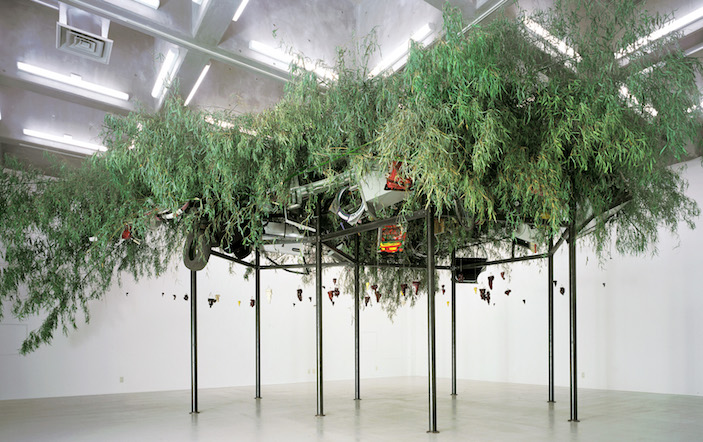
Art and China After 1989: Theater of the World
In one piece of this Guggenheim exhibit, hundreds of reptiles and insects eat each other alive. A gritty, tangible metaphor for the strong devouring the weak, this exhibition explores the shaky dynamics of the politics and global expansion of China in what the museum aptly describes as “the most transformative period of modern Chinese and recent world history.” Spanning 150 works by over 70 artists, Art and China After 1989 is the largest art show of its kind ever to be mounted in North America and a glimpse into how becoming a global superpower has changed the soul of China. Oct. 6, 2017-Jan.7, 2018, 1071 Fifth Ave., guggenheim.org
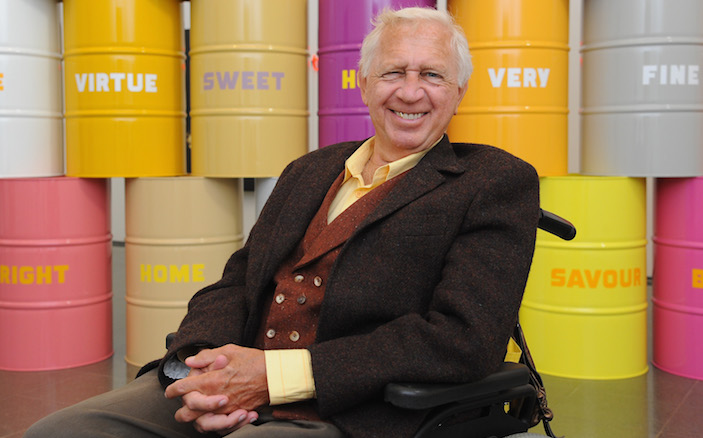
Jimmie Durham: At the Center of the World
Continuing its mission to highlight up-and-coming artists, the Whitney Museum of American Art would like to introduce you to Jimmie Durham. A one-time New York City resident who brought his activism and artwork downtown, Durham dabbles in almost every artistic medium. A painter, performer, photographer, sculptor and collage artist — among others — Durham uses his work to expose prejudices hidden all around us and to criticize the Western-centric ideals spoon-fed to our society and beyond. That’s why the artist aptly calls himself the “interventionist”: using his art to generate discourse and change. Nov. 3, 2017-Jan. 28, 2018, 99 Gansevoort St., whitney.org








